Knowledgebase
Latest from Kingshay's Knowledgebase
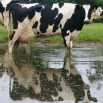
Leptospirosis (lepto) is a bacterial disease of cows which causes infertility, abortion storms, higher cell counts and lower milk yields. Control of lepto is particularl...
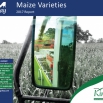
This year’s Kingshay Maize Variety Report emphasises the importance of choosing the right variety to reduce risk and exploit the potential of this valuable crop. Wit...

In recent months, there have been numerous high-profile farm thefts in the press, including several cases of livestock rustling. According to the NFU Mutual Rural Crime...
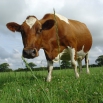
Underperforming grass swards can occur for a number of reasons, such as inadequate crop nutrition, soil structure issues, weed infestation or plant diseases caused by pat...

In Spring 2015, Kingshay drilled their first red clover monocultures trial in light of their use as an EFA for greening.
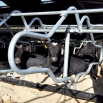
Since the Kingshay Cubicle Demonstration Unit was set up in 2004, there have been 4 building phases and many visitors passing through the doors to compare the latest prod...
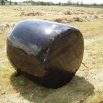
Big bale silage increases flexibility on a grazing platform and creates the opportunity to make a customisable forage for animal groups. This Farming Note covers: ...
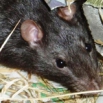
Effective rodent control is critical to reduce feed losses and contamination, prevent structural damage and minimise disease risk. Rodenticides are now known to cause pri...
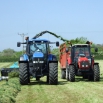
What is most commonly targeted by rural crime? How do you reduce your insurance premiums?
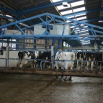
Well-designed collecting yards save time and reduce stress, whereas poor designs or improper cow handling will compromise cow flow and welfare.
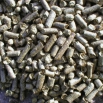
To improve feed efficiency at grass, fibre supplementation should be considered.

-1024x682.jpg&w=103&h=103&zc=1&a=c&q=100)